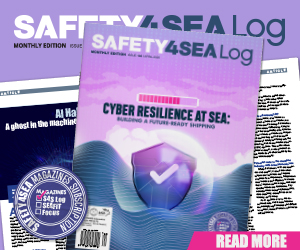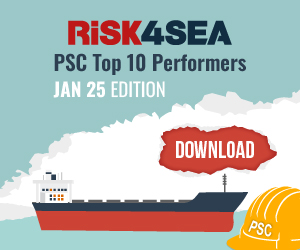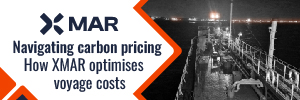In view of the 2024 IMPA Safety Campaign and Survey, IMPA and CHIRP Maritime collaborated on a video which acts as a quick guide in recognizing non-compliant pilot transfer arrangements.
According to IMPA, organisations, those personnel responsible for Pilots’ safety during pilot transfer operations, and Pilots should be familiar with the characteristics of compliant and non-compliant pilot transfer arrangements. This will assist any Pilot in making an informed decision on whether or not to embark or disembark a ship and to STOP WORK if necessary to ensure their safety.
Any training should enable Pilots to:
-
Assess the environmental conditions and the impact on embarkation or disembarkation, and know the effects of adverse weather on the hazards of pilot transfer operations.
-
Identify non-compliant pilot transfer arrangements and, where necessary, decline to use them.
-
Transfer to and from the pilot boat using proven techniques which help the Pilot make the transfer in a controlled manner.
-
Address the physical abilities associated with completing a safe transfer.
Organisations and personnel responsible for Pilots’ safety during pilot transfer operations should support Pilots in reporting unsafe and non-compliant pilot transfer arrangements and consider all such reports as near-miss incidents.
Pilots should report unsafe and non-compliant pilot transfer arrangements to the authorities responsible for receiving such reports, including but not limited to port state control.
Where there is evidence of the arrangement being non-compliant or there is any doubt about the safety of the pilot transfer arrangement, the operation should be ended.




























































